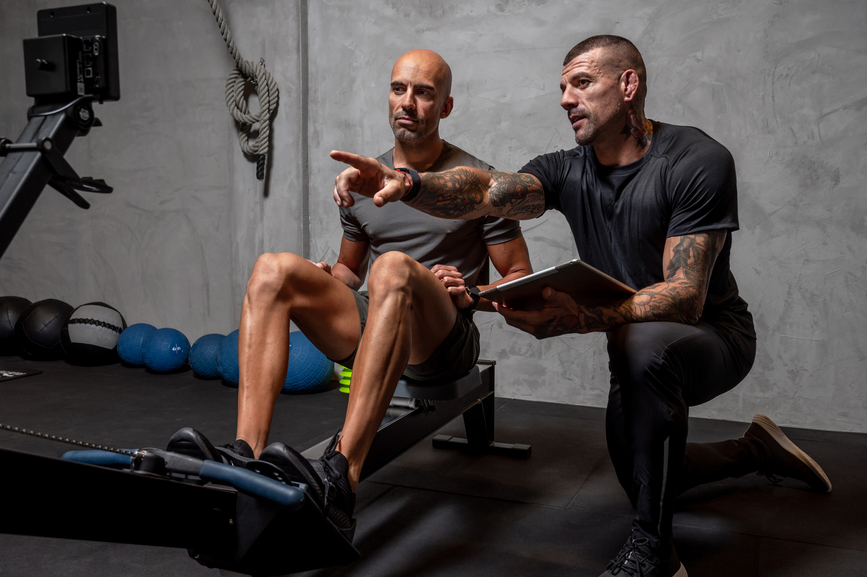
The fitness world is constantly evolving, with athletes and enthusiasts seeking ever-more precise ways to track progress and optimize performance. While traditional methods such as weight scales and tape measurements offer a basic snapshot, these methods often lack detail needed to truly understand the intricacies of the human body.
This is where 3D body scanning steps in, poised to revolutionize the way fitness data and tracking is approached. Take Fit:match for example, a company leveraging a vast database of 3D scanned body shapes. The company’s technology goes beyond simple sizing, analyzing over 1,000 metrics to create a “digital twin” for each user. This personalized approach ensures perfect fit and comfort, not just in retail clothing, but also in the medical field for body transformation procedures.
However, the potential of 3D scanning extends far beyond size and shape. Recent research by our team at Corner of Fifth revealed a goldmine of opportunity within the fitness market. An overwhelming 89.4% of athletes surveyed expressed interest in using a 3D body scanning app. This enthusiasm highlights a growing desire for more sophisticated data-tracking methods.
Here’s how 3D scanning can transform the fitness landscape:
- Deeper Body Composition Insights: Unlike traditional methods, 3D scans provide a detailed picture of muscle mass, fat distribution, and bone density. This allows athletes to tailor their training programs to target specific areas and achieve optimal results.
- Visualizing Progress: 3D scans taken at regular intervals can be compared to show physical changes over time. This visual representation provides athletes with a powerful tool for staying motivated and tracking their journey.
- Identifying Asymmetries: Subtle imbalances in posture or muscle development can lead to injury. 3D scans can detect these asymmetries, allowing athletes to take preventative measures and address them before they become problematic.

By incorporating 3D scanning technology, athletes can move beyond a one-size-fits-all approach to training. This data-driven method empowers them to become active participants in their fitness journey, training smarter to achieve peak performance and unlock their full potential.
The future of fitness data is undoubtedly 3D. With its ability to provide a comprehensive picture of the human body, 3D scanning technology has the potential to revolutionize the way athletes train and compete. As companies like Fit:match continue to develop and refine this technology, we can expect to see even more exciting advancements in the years to come.
To read the case study and download the report, click here

